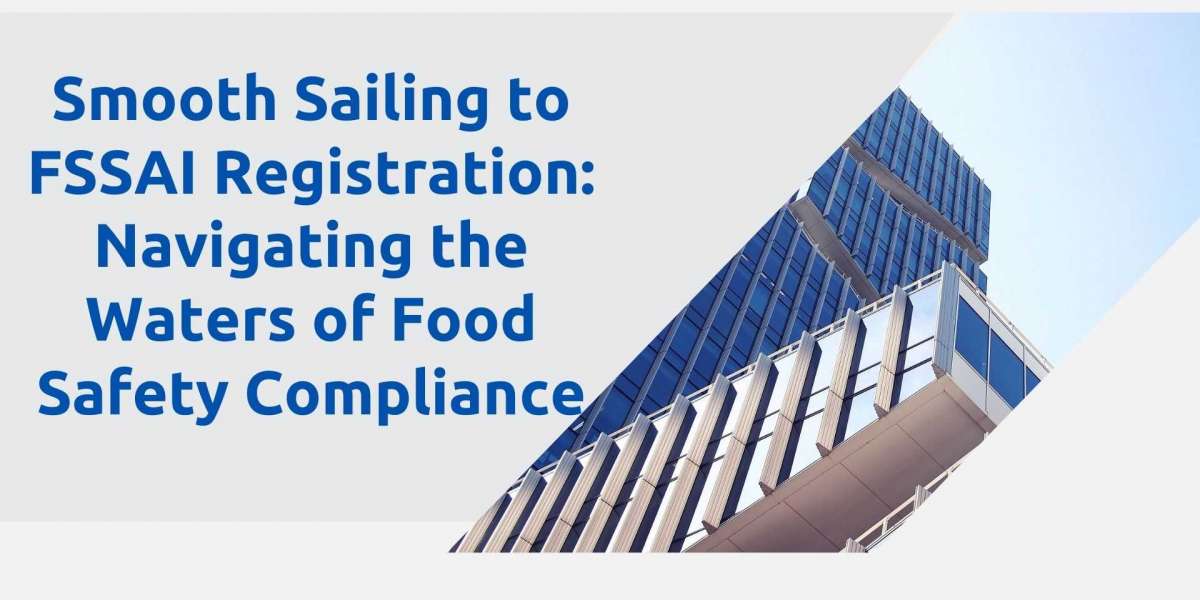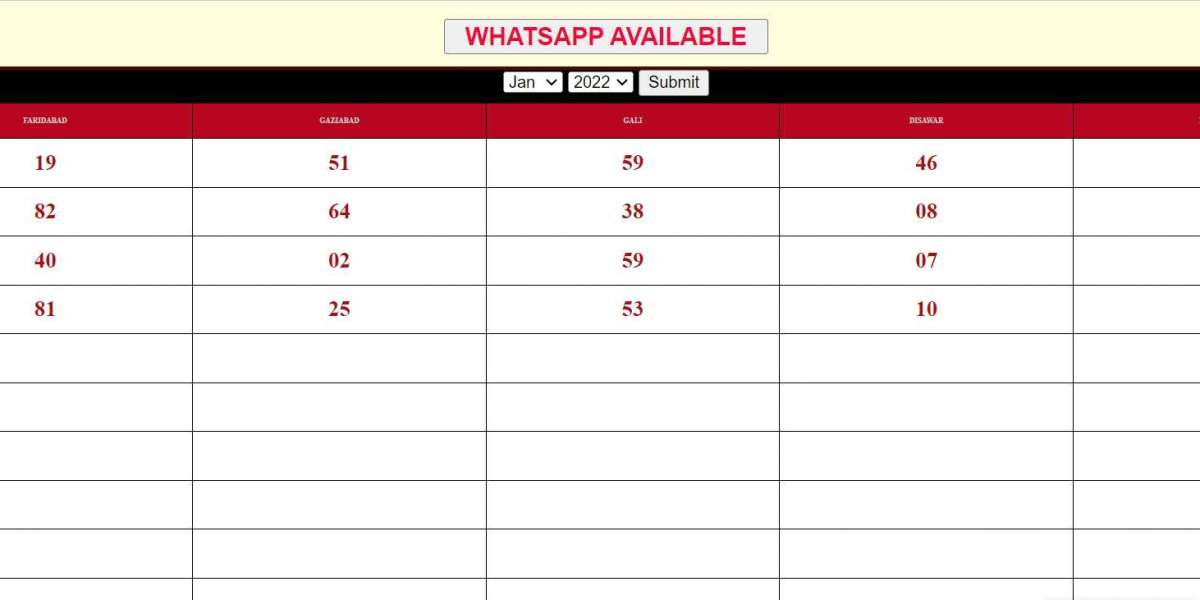Introduction:
In the dynamic and ever-evolving landscape of the food industry, ensuring food safety is paramount. The Food Safety and Standards Authority of India (FSSAI) plays a pivotal role in safeguarding public health by regulating and supervising food safety. For businesses in the food sector, obtaining FSSAI registration is not just a legal obligation but a commitment to quality and consumer well-being.
Understanding FSSAI:
The FSSAI was established under the Food Safety and Standards Act, 2006, to consolidate various acts and orders that had hitherto handled food-related issues in India. Its primary objective is to lay down science-based standards for food products and to regulate their manufacture, storage, distribution, sale, and import.
Why FSSAI Registration Matters:
Legal Compliance:
FSSAI registration is mandatory for all food businesses operating in India, whether they are involved in manufacturing, processing, packaging, storage, transportation, distribution, or import of food products. Non-compliance can lead to legal repercussions, including fines and closure of the business.
Consumer Confidence:
FSSAI registration instills confidence in consumers about the safety and quality of the food they consume. It acts as a quality assurance mark, indicating that the food business adheres to the standards set by the regulatory authority.
Market Access:
FSSAI registration is often a prerequisite for market access. Many retailers, distributors, and online platforms require food businesses to have FSSAI certification before they can sell their products.
Navigating the FSSAI Registration Process:
Determine Your Eligibility:
Before diving into the registration process, businesses need to determine their eligibility category. The FSSAI categorizes businesses based on their size, turnover, and the nature of their operations.
Document Preparation:
Collect and prepare the necessary documents, which may include identity proof, address proof, and proof of business ownership. Ensure that these documents are accurate and up-to-date.
Choose the Right License Type:
FSSAI offers three types of licenses - Basic, State, and Central. Choose the appropriate license type based on the scale of your business operations.
Online Application Submission:
FSSAI registration can be conveniently done online through the FSSAI portal. Fill in the application form with accurate information and upload the required documents.
Payment of Fees:
Pay the prescribed fees for the selected license type. The fee amount varies depending on the category and scale of the food business.
Application Processing:
After submitting the application, FSSAI officials will review the documents and information provided. The processing time can vary, but the FSSAI aims for a swift and efficient process.
Inspection (if required):
In some cases, FSSAI officials may conduct an inspection of the premises. Ensure that your facility complies with hygiene and safety standards.
Receive FSSAI Certificate:
Once the application is approved, the FSSAI issues a registration certificate with a unique 14-digit license number. This certificate is proof of compliance and should be prominently displayed at the business premises.
Note: You Can Apply for Food Licence Renew Online
Conclusion:
Navigating the FSSAI registration process is essential for food businesses looking to establish themselves as credible and responsible entities in the industry. Beyond being a legal requirement, FSSAI registration is a commitment to ensuring the highest standards of food safety and quality, ultimately contributing to the overall well-being of consumers. By following the prescribed steps and guidelines, businesses can experience smooth sailing towards FSSAI registration, securing a foundation built on trust and compliance in the competitive world of the food industry.








